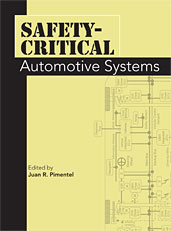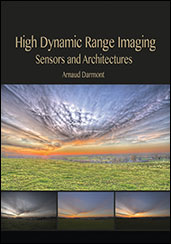Book

Safety-Critical Automotive Systems
2006-08-01
Safety-Critical Automotive Systems contains 40 SAE technical papers covering six years (2001-2006) of research on this developing subject. Focus is on the vehicle's most important subsystems: sensors, actuators, electronic control units (ECUs), communication systems, and software (application, middleware, drivers, etc.).











